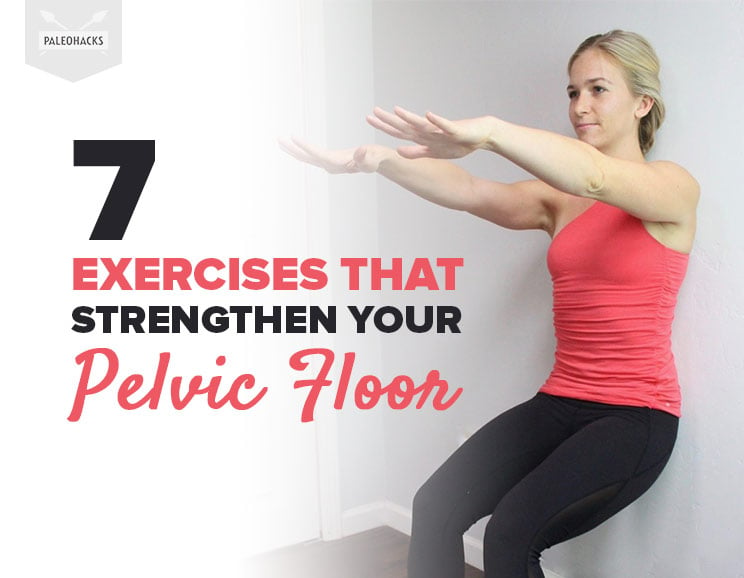
September 14, 2024
Solutions For Your Urinary System Incontinence: Melissa Grier, Md: Obgyn
Solutions For Your Urinary Incontinence: Melissa Grier, Md: Obgyn Pelvic flooring weakening is a considerable factor to urinary system incontinence during menopause. The pelvic flooring muscular tissues, which support the bladder and urethra, can end up being stretched and deteriorated as a result of hormonal modifications, childbirth, and aging. This weakening can cause a loss of bladder control, causing urinary system incontinence. In addition, elements such as weight problems and persistent coughing can even more strain these muscular tissues, intensifying the problem. Ladies may likewise experience a decrease in muscle control, making it challenging to engage the pelvic flooring muscles successfully when needed, which can cause increased episodes of leakage. The strongest proof of benefit is for supervised PFMT in ladies with anxiety urinary incontinence, with much less efficiency in those with seriousness incontinence111.Electrical Excitement-- A Real Service For Combined Incontinence
Many classifications of urinary system incontinence are temporary or quickly treatable. Nonetheless, there are steps you can require to better manage your symptoms, starting with Comfort a medical diagnosis. If you are obese, reducing weight can assist to avoid urinary system incontinence signs. Exercising much more frequently and staying with a balanced diet plan can assist you to slim down efficiently. Leakage while utilizing a tampon might additionally be a sign of bladder prolapse, also called a cystocele. Cystoceles can occur after giving birth, bowel irregularity, raising heavy objects, persistent coughing, or pressure on the pelvic muscle mass.Alternative Treatments And Administration
These distinctions in instance meanings relate to the time duration over which symptoms are established and whether symptom frequency, severity and bother are examined. Indeed, studies especially determining severe urinary system incontinence, specified as pee leak several times each week, have an even more consistent reported prevalence of 6-- 10% in Europe and the United States26,30. For individuals with urinary incontinence, it is necessary to get in touch with a healthcare provider. In most cases, people will then be referred to an urogynecologist or urologist, a physician that focuses on diseases of the urinary system tract. Urinary incontinence is diagnosed with a complete checkup that focuses on the urinary system and nervous systems, reproductive body organs, and pee samples. Sometimes, it might be recommended that you have an artificial urinary sphincter fitted to relieve your incontinence. Many people experience a slight burning sensation or bleeding when they pass pee for a brief duration after a bulking representative is injected. Sling surgery can create negative effects, including continued or new troubles urinating. Sling surgical treatment entails making a cut in your reduced belly (abdominal area) and vagina so a sling can be placed around the neck of the bladder to support it and avoid urine dripping. Many women put on protective pads, shields or diapers to shield their garments from urine leakage. Additionally, especially made absorbent underclothing, which is comparable in appearance to typical underclothing, can be put on conveniently under daily clothes.What is the most effective therapy for incontinence in ladies?
Pelvic muscle mass rehab (to boost pelvic muscle tone and stop leak): Kegel workouts: Normal, everyday working out of pelvic muscular tissues can improve, and even avoid, urinary system incontinence. Psychophysiological feedback: Made use of with Kegel workouts, biofeedback aids individuals obtain recognition and control of their pelvic muscular tissues.
- By having a clear understanding, you will certainly be much better prepared to comprehend therapy alternatives and boost your lifestyle.
- These factors compromise the overall performance of the body, bring about weak point of the muscle mass or bones, respiratory system conditions and blood circulation problems.
- The testimonial found that females obtaining local (genital) oestrogen reported considerable improvement in their incontinence signs and symptoms contrasted to sugar pill.
- Your doctor might likewise advise altering different medications that you're already considering various other points, such as high blood pressure, as they can raise pee output.
- These exercises are done by training, holding and afterwards unwinding your pelvic floor muscle mass.
Social Links